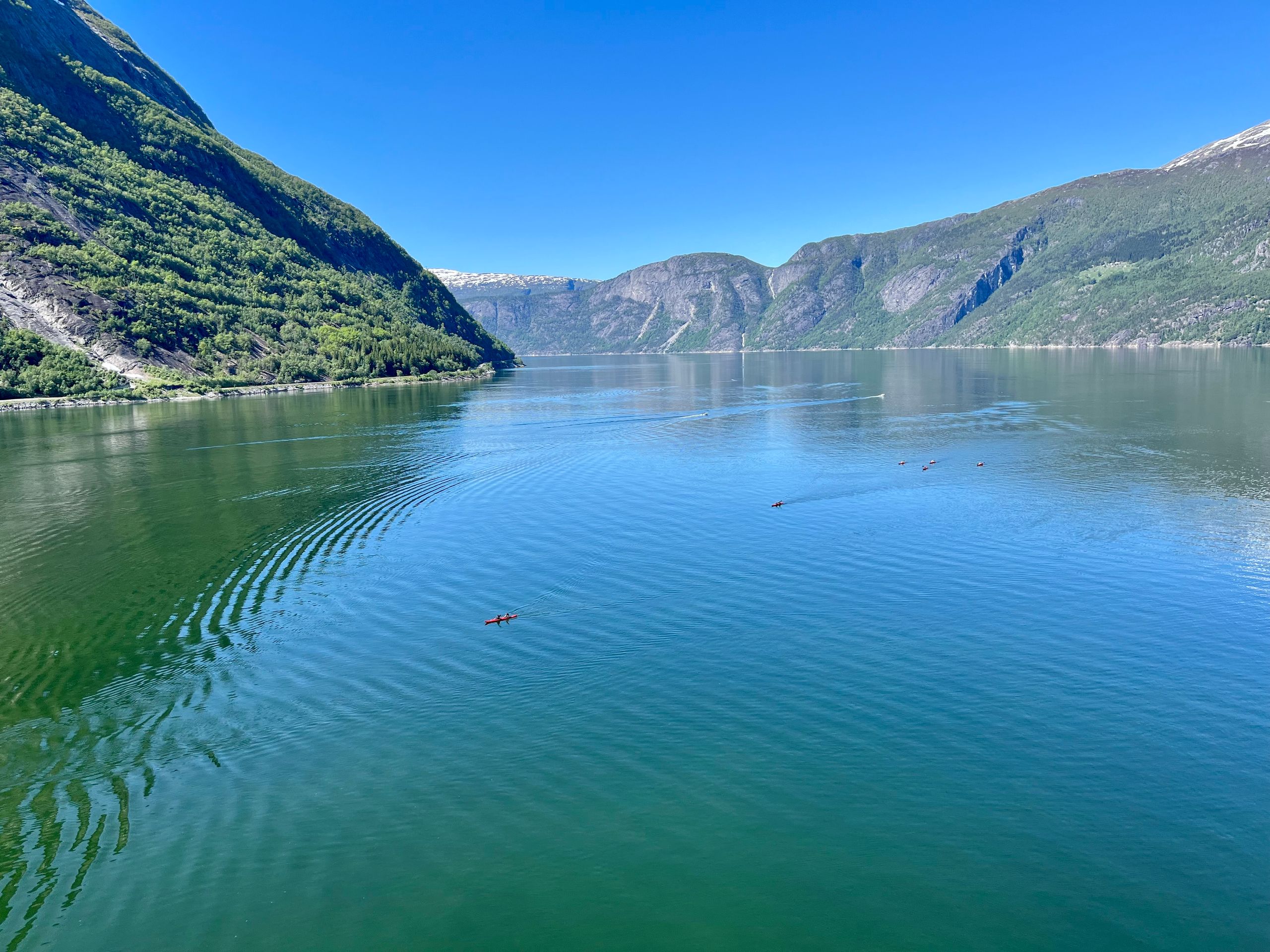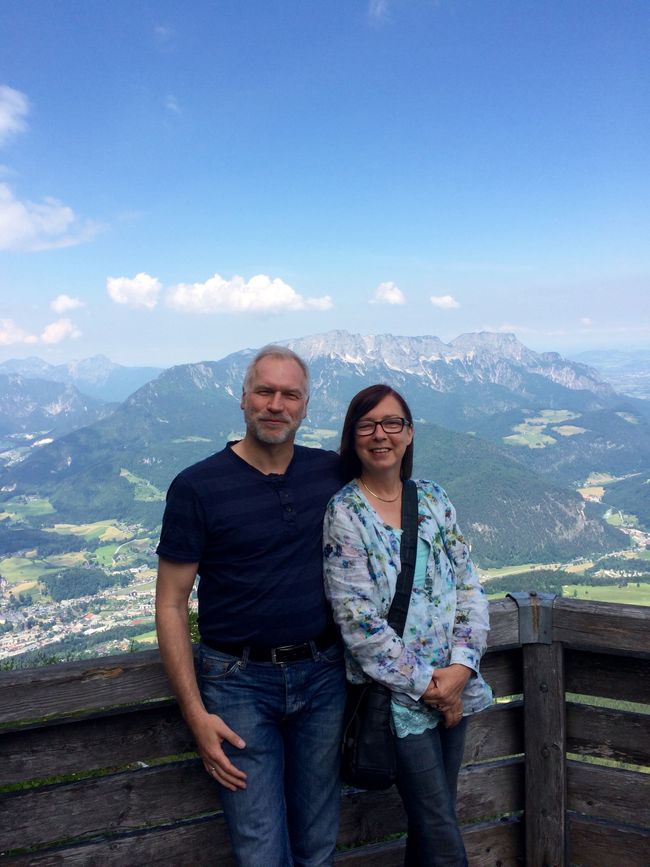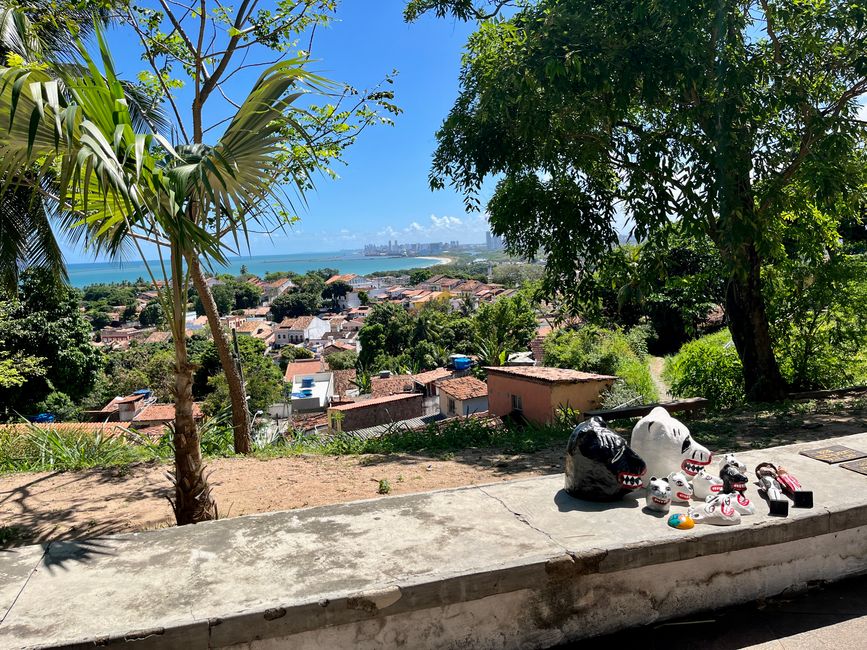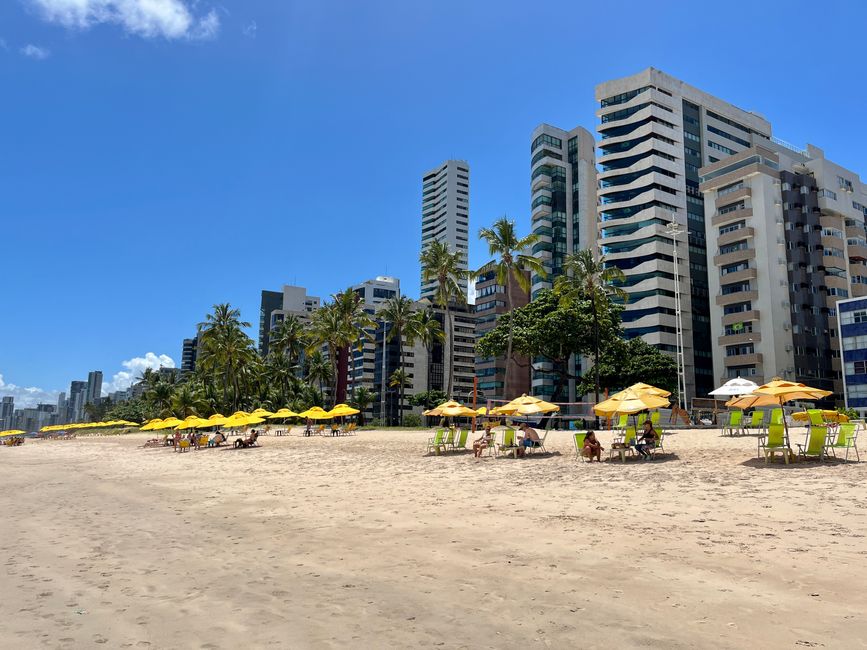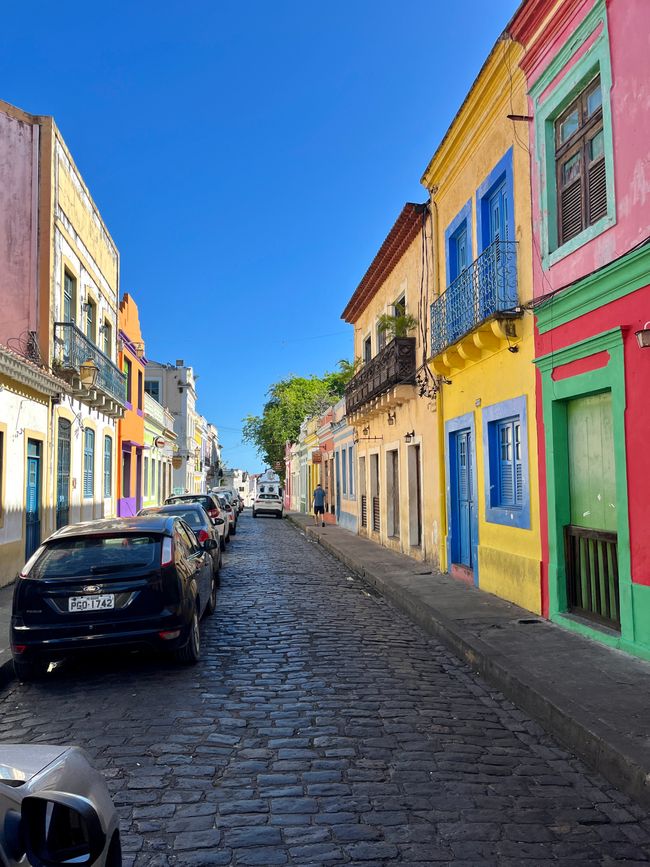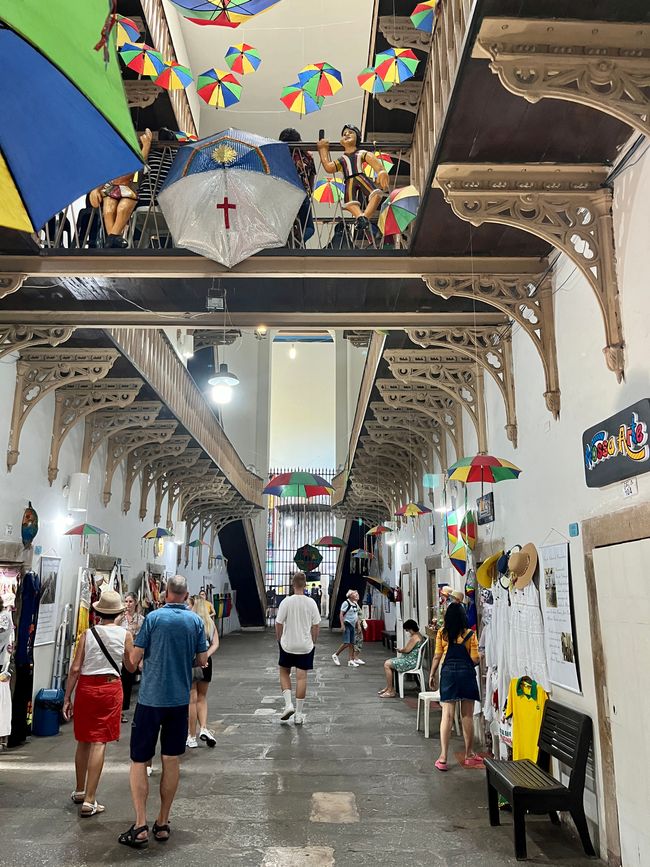Day 14: Recife - Brazil's Venice
Δημοσίευσε: 09.11.2022
Εγγραφείτε στο Newsletter
50 canals, 39 bridges, and three islands: that's Recife, the capital of the state of Pernambuco in northeastern Brazil. "Venezia Brasileira" - Brazil's Venice: that's what Recife would like to be. It is named after the coral and shell banks that form a large reef off the coast.
We have a shore leave from 10:00 am to 7:00 pm. It is sunny with 29°C. It takes a little longer for the ship to clear. The captain says it's never easy to say how long it will take. We are not allowed to walk in the harbor, so we will be driven to the harbor exit with shuttle buses. When we arrive there, we pass a row of buses that are ready for the Aida excursions. And then we run into Carlos. A charming older gentleman who offers a four-hour tour for $20 per person in perfect English; with twelve people we go in the ready-made air-conditioned minibus. As some of the guests only understand German, I have taken on the side job as a translator.
At the beginning we drive to the beach for a short swimming stop, then we go to Olinda, which is located on a small hill and offers a wonderful view of the skyline of Recife. The old town is a UNESCO World Heritage Site and must not be changed, but everyone is allowed to paint their house in a freely chosen color, so everything is very colorful. There are even violet houses.
Back in Recife we visit Casa de Cultura, a former prison that has been used as a venue for performing arts since 1976. Each cell now houses a mini-store. The way back leads over many bridges through the city with administrative buildings, the headquarters of large companies, but also simple fishing huts that feel partly submerged today due to the high water level. Carlos tells us that the full moon is responsible for the maximum water level. Favelas is the term for the homes of the poor, Carlos explains to us, which does not mean dangerous, but there is often a causal connection.
Εγγραφείτε στο Newsletter
Απάντηση
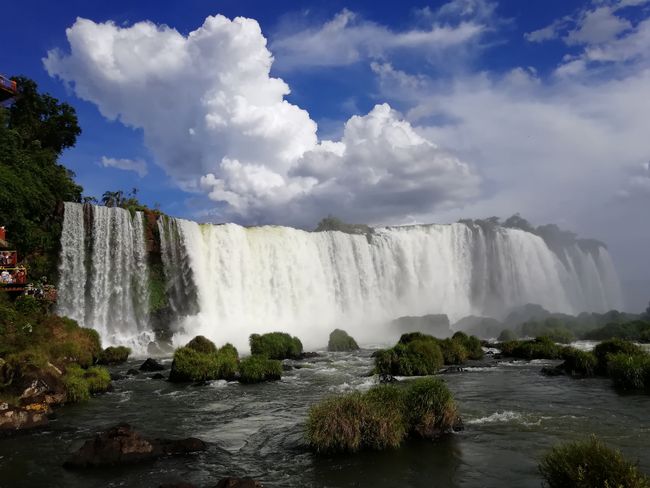
Ταξιδιωτικές αναφορές Βραζιλία
